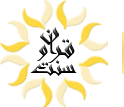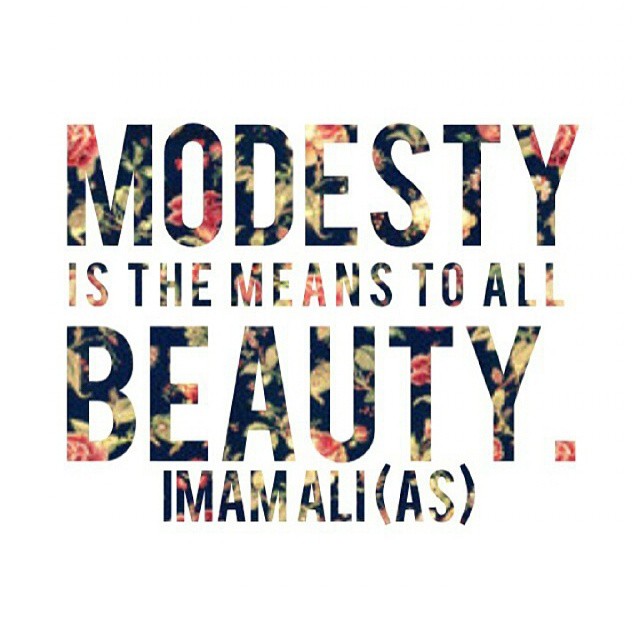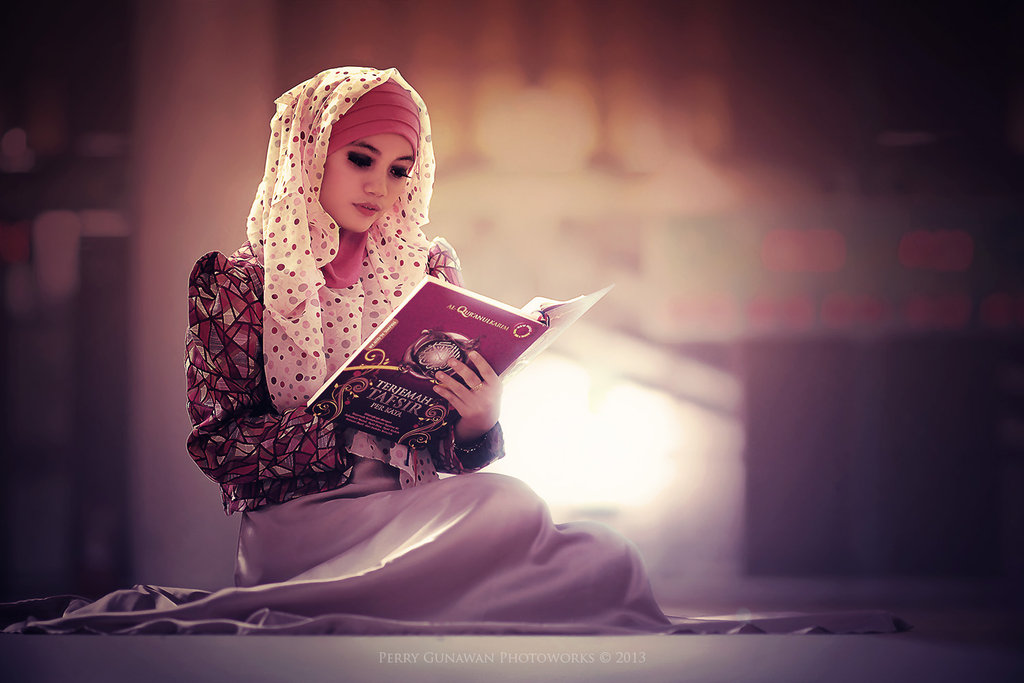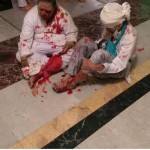Understanding the beauty of modesty
The Prophet – peace be upon him – said:
‘Every religion has a character, and the character of Islam is modesty.’
We the Muslims have a belief that our purpose of life is to worship only and only Allah and follow His instruction according to Quran and Sunnah. Worshipping in our religion is to follow Allah’s command in every facet of our life, be it charity, neighborliness, prayer or honest dealings in business and modest clothing is also an integral part of our worship. Hijab literally means a cover or screen, it does not refer only to a headscarf, but Islamically in a broader sense, it encompasses modesty and chastity of men and women’s garments and guarding one’s gaze which it is not only a covering dress but it is about behavior, speech and appearance in public and the headscarf we wear is an outer manifestation of an inner commitment to Allah; it is a symbol of commitment to piety. It is introduced to maintain decency and modesty in interaction between members of opposite sex in the society.
“This is more appropriate so that they may be known [as Muslim women] and thus not be harassed [or molested].” Quran 59:33
Men and women are asked not to shake hands with each other whom they don’t have an immediate relationship, they can talk but only in public with a respectful distance between their bodies and their conversation should follow the rules of modesty similarly we have separate spaces for both the genders in public spheres to create a cultural modesty. Men, whether they confess it or not, are slaves of lust and desire. Man seeks woman actively whereas woman wants to be loved and sought after. Also, women are stronger than men in controlling their desires. Generally, women are more bashful than men; as the hadith also indicates:
‘Allah divided bashfulness (hayā) into ten portions: he gave nine portions to women and one portion to men.’
Hijab protects and give respect to women, it symbolizes that she has been sanctified to only one man and is off-limit to others. It compels people to focus on personality rather than the physical beauty. Hijab also contributes to the preservation and stability of marriages and family. It gives control to the women over the stranger’s reaction towards her. But it doesn’t mean to lock up a woman; they have equal rights to acquire knowledge and to contribute in the betterment of society. Like Hazrat Khadijah R.A. played a significant role in the early history of Islam. She was a successful businesswoman and was the first person to accept the message of Prophet Muhammad S.A.W. and she stood with Him in the difficult days and spent her wealth for Islam. Hazrat Aisha R.A. was so modest that she was eager to cover her face even in the state of ihram but she is also the narrator of many of our Ahadith and she passed her knowledge and became an inspiration for Muslim women and men for the past fourteen centuries.
Speaking about guarding one’s gaze, it refers to avoiding “checking out” the opposite gender, to walk humbly as not to attract any undue attention and to remain virtuous throughout life. Allah commands Prophet Muhammad as follows:
“Say to the believing men that: they should cast down their glances and guard their private parts (by being chaste). This is better for them.” Quran 24:30
This is a command to Muslim men that they should not lustfully look at women other than their wives; and to prevent any possibility of temptation, they are asked to cast their glances downwards. This is known as “hijab of the eyes”. Then in the next verse, Allah commands the Prophet to address the women:
“Say to the believing women that: they should cast down their glances and guard their private parts (by being chaste)…”
This is a similar command to women as well. After “Hijab of the eyes” came, the order describing the dress code, Allah says:
“O Prophet! Tell your wives and your daughters and the women of the believers to draw their cloaks (veils) all over their bodies (i.e. screen themselves completely except the eyes or one eye to see the way). That will be better, that they should be known (as free respectable women) so as not to be annoyed. And Allah is Ever Oft‑Forgiving, Most Merciful” Quran 33:59
The Islamic dress code refers to loose and long clothing not just the scarf that covers the head, neck and the bosom, which means wearing tight short sweater with tight jeans and covering head with scarf doesn’t fulfill the requirements. One of the most common questions that arise is that why Muslim men are not asked to follow Hijab? The truth is they are equally required to follow Hijab and a dress code, men are required not to wear tight and revealing clothes or to behave in such a manner that they are sexually objectifying themselves, moreover they are forbidden to dress like a woman, they cannot wear jewellery or silk clothing.
Having said all this, it’s quite clear that Hijab is not a sign of oppression and Islam by no means support gender discrimination as it clearly states in the Qur’an that both the men and women are equal with comparable rights., we don’t wear modest dress only because our bodies might attract opposite gender but because it is a sign of modesty and Allah has created us to be his slave and vicegerent, and we should dress and behave in a way that reflects our status and it should remind us of our servitude and the fact that we are here to follow Allah not to do whatever we want.





